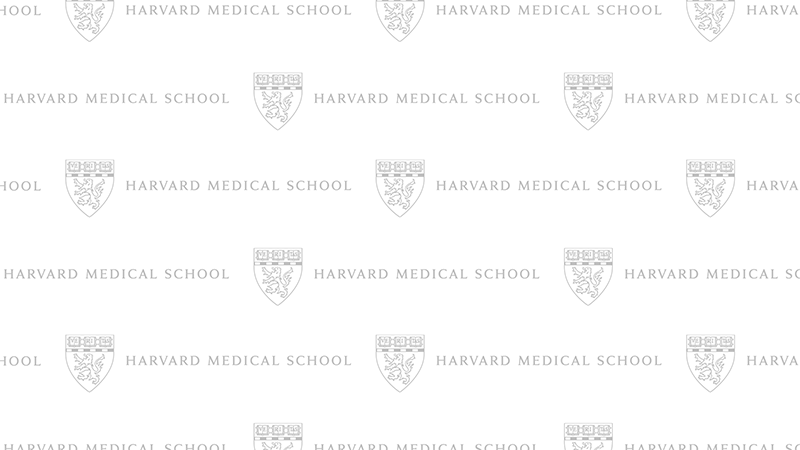Harvard University was founded in 1636. Its principal academic units include nine faculties as well as the Radcliffe Institute for Advanced Study. The Faculty of Arts and Sciences (FAS) is the only faculty that offers undergraduate as well as graduate degrees. The FAS includes both Harvard College and the Graduate School of Arts and Sciences; in addition, the School of Engineering and Applied Sciences is affiliated with the FAS. Harvard has eight other faculties, each with its own Dean: Business Administration, Design, Divinity, Education, Government, Law, Medicine, and Public Health. The University’s faculties each have a considerable degree of autonomy in administering their affairs, subject to the authority and supervision of the central administration and the University’s governing boards.
The Governing Boards
The University has two governing boards. The President and Fellows of Harvard College, often called the Harvard Corporation, is the University’s principal fiduciary governing board. The Corporation exercises fiduciary responsibility with regard to the University’s academic, financial, and physical resources and overall well-being.
It consists of the President, the Treasurer, and other members known as Fellows. The Corporation engages with questions of long-range strategy, policy, and planning as well as transactional matters of unusual consequence. It serves as a confidential sounding board for the President on matters of importance; meets with Deans, vice presidents, and others from time to time to discuss a wide array of programs and plans; and is responsible for approving the University’s budgets, major capital projects, endowment spending, tuition charges, and other matters.
The Board of Overseers is the larger of the two boards, comprising members elected by Harvard degree holders, as well as the President and the Treasurer of the University, who serve ex officio. The Board exerts broad influence over the University’s strategic directions, provides counsel to the University leadership on priorities and plans, and has the power of consent to certain actions of the Corporation.
Among the Board’s chief functions is the superintendence of the visitation process, the principal mechanism for periodic external review of the quality and direction of the University’s schools, departments, and selected other programs and activities. The Board carries out this responsibility largely through the operation of more than fifty visiting committees, whose work is overseen by and reported to the Board. The visiting committees include outside scholars and practitioners knowledgeable about the relevant fields. They are expected to provide independent assessments of the work of the visited unit and to make recommendations on its future development.
The Corporation and the Board of Overseers both maintain several standing committees of their own. In addition, the two boards maintain joint committees on inspection appointments, and alumni affairs and development.
The President and Provost
The President is the University’s chief executive officer, charged by the University statutes with exercising “a general superintendence over all the University’s concerns,” including authority to appoint faculty, in accordance with the statutes. The President is the Corporation’s presiding officer, serves as an ex officio member of the Board of Overseers, chairs the Council of Deans, and is a member of each of the University’s faculties. The Provost is the University’s chief academic officer, working with the President for central oversight of the University’s academic affairs, with particular emphasis on academic planning, on fostering collaboration among the University’s schools and other units, and on policies, practices, and initiatives that involve multiple parts of the University.
Council of Deans
The Council of Deans is composed of the University’s President and Provost, the Deans of the several faculties, and selected others. Chaired by the President, it meets regularly to consider matters of University- wide academic and administrative strategy and policy and to advance cooperative approaches among the University’s different schools and the central administration.
Last updated June 2023
